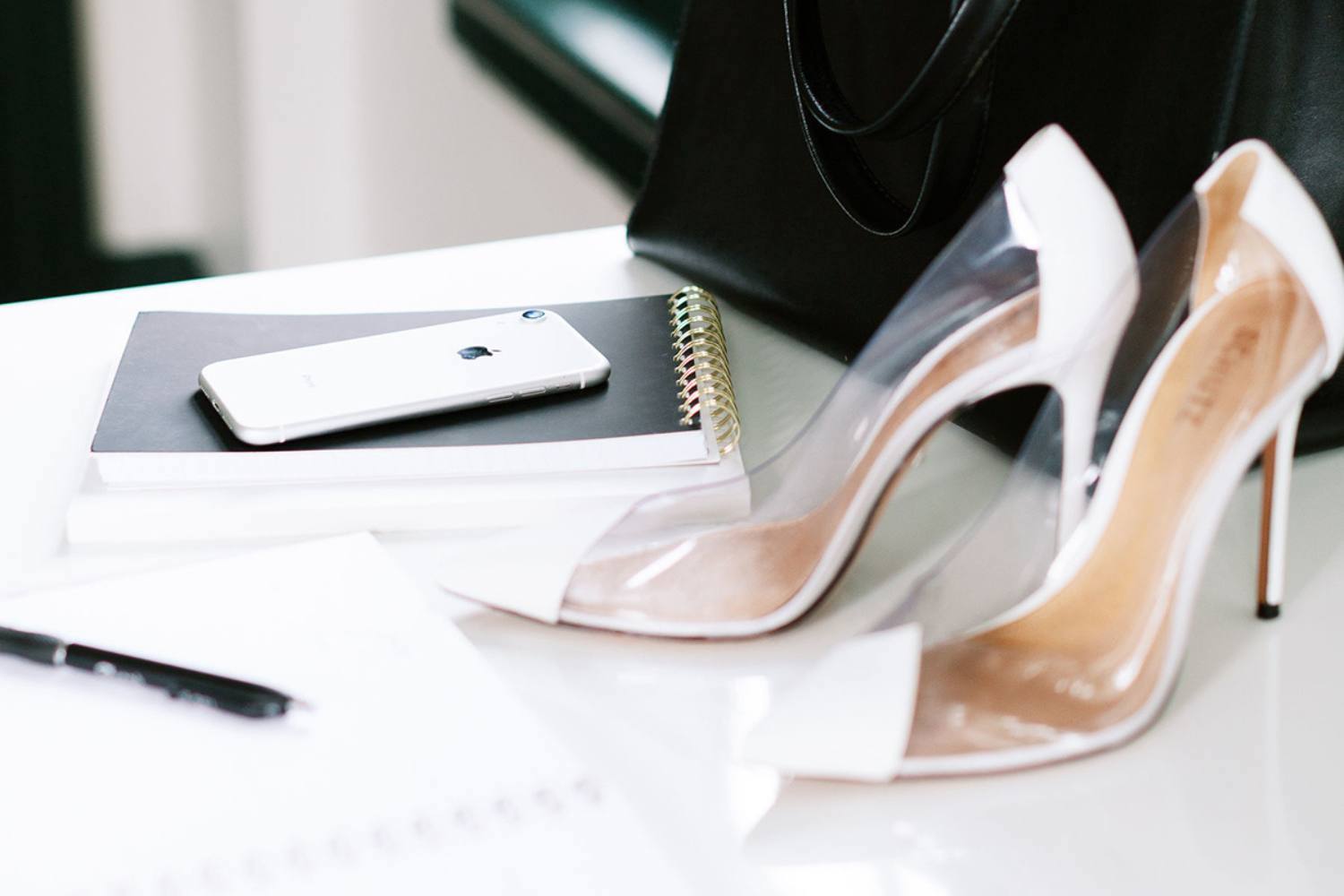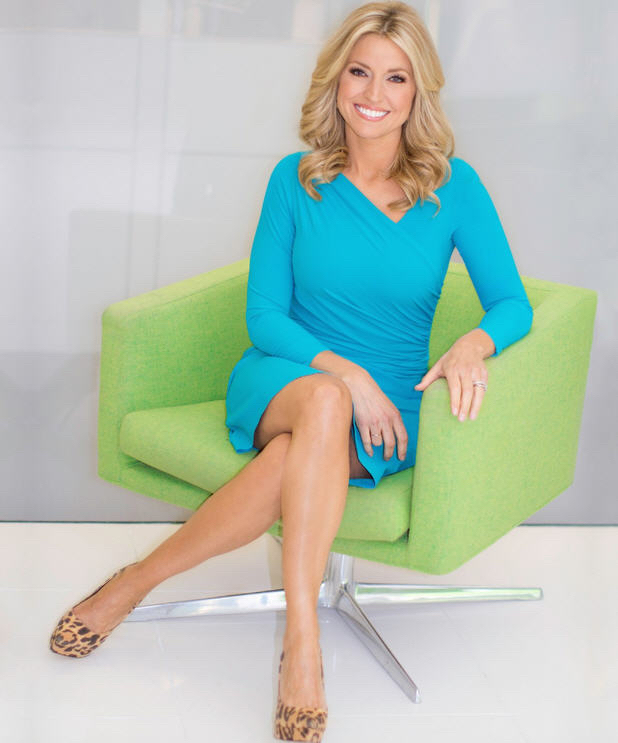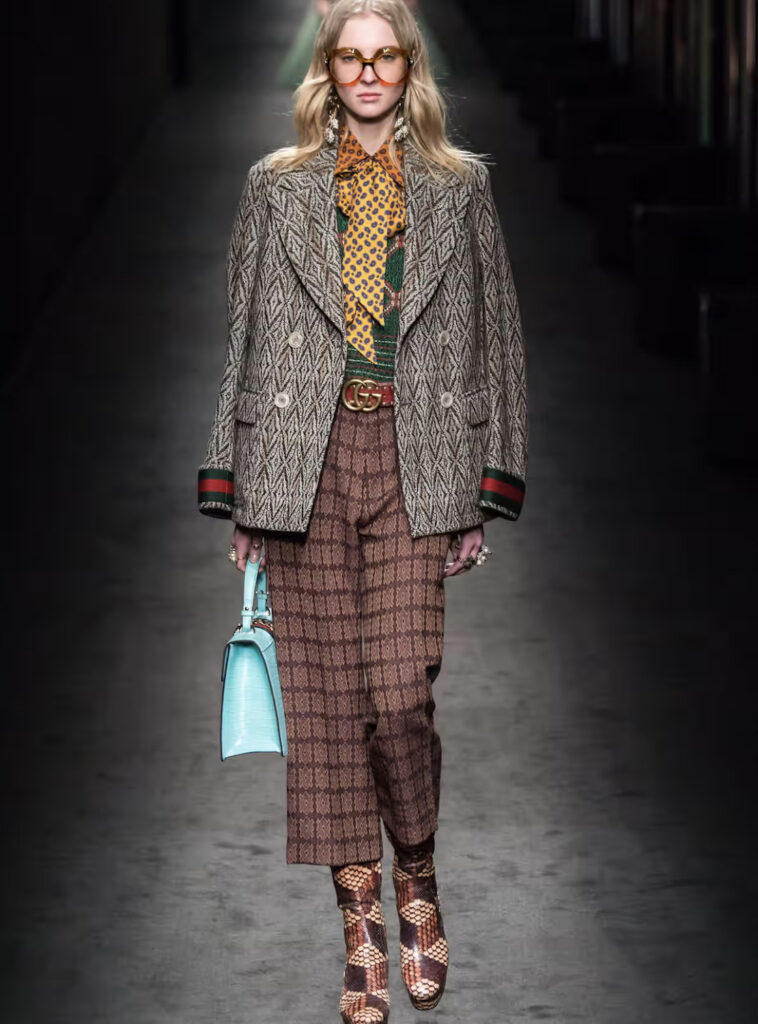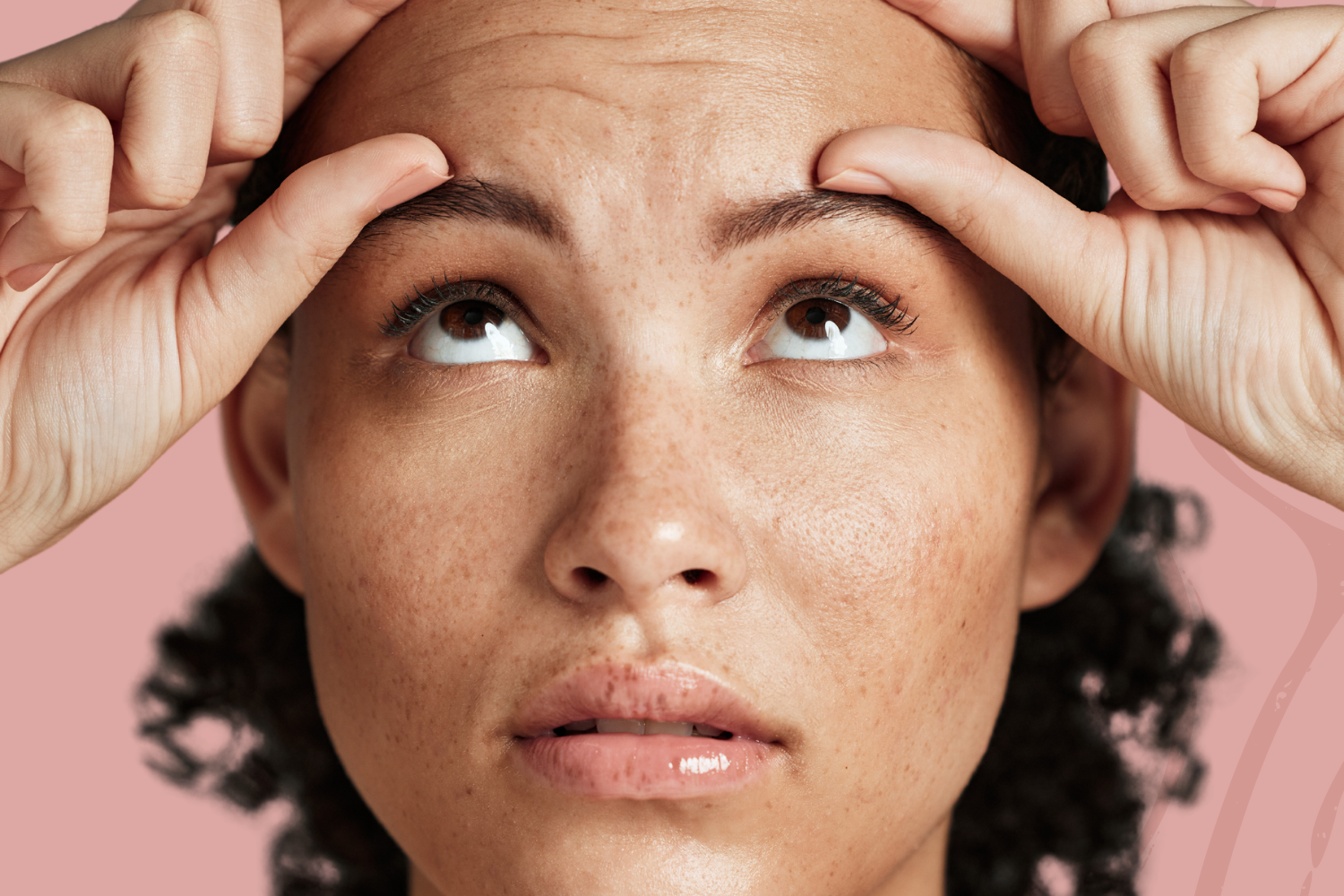
Combatting transphobia, gender policing, and patriarchal notions of femininity
Among the many outrages we can expect during a second Trump administration is heightened transphobia and general sexism. One harbinger of things to come: Republican representative Nancy Mace is (so far successfully) leading bullying efforts against the first transgender individual to be elected to a position to prevent her and other transgender individuals from using the women’s bathroom at the Capitol. Mace has also floated a bill preventing transgender women from using the women’s facilities on any federal facility — which could include national parks, museums, and office buildings.
You may be wondering what this has to do with style. Quite a lot, actually: Fashion is often conflated with femininity, especially in more conservative spaces, so the way that women (transgender or otherwise) choose to present themselves aesthetically can become more than just a personal choice — it can become a political issue and even one of safety.

The idea behind anti-transgender bans is to “keep women and girls safe,” even though it’s clear that girls (and boys) are more likely to be sexually abused or assaulted by a family member or someone the family trusts (such as a church pastor or leader) than they are from a random person in a bathroom.
Simply as an example of blatant bigotry, these bans are detestable. Beyond that, transphobia translated into policy is probably just the first step in a crackdown on anyone who dares to be “other.” It sends a strong message that anyone who doesn’t conform to binary perceptions of gender will be subject to harassment. Banning transgender women from using women’s bathrooms involves the general public feeling entitled to judge whether someone looks “feminine” enough to be a woman. That means using criteria like what women wear and how they present themselves — which is problematic for a host of reasons.
What does it mean to look like a woman, anyway?
“Traditional” notions of how women should dress still linger. Did you know that women were not allowed to wear pants on the U.S. Senate floor until 1993? Even now, the massive cardboard packaging company Uline, owned by a family of conservative mega-donors, reportedly has a dress policy that requires women to wear skirts or dresses except in limited circumstances.
Popular ideas of “acceptable” femininity, perhaps not surprisingly, align with styles that men think are attractive. Typical features of this look include long hair, form-fitting dresses in bright colors, and heels — which also happen to align with what the female reporters and anchors at FOX News tend to wear. Such styles tend to require more labor in the form of upkeep (hair must be colored and styled) and less freedom (heels and tight skirts can be uncomfortable and inhibit movement).

Yet there are a lot of women out there — trans, cis, straight, gay, bi — who don’t fit the mold of what a patriarchal, sexist society says a woman should look like. Plenty of women (gay and straight) have short hair, choose not to wear makeup, and wear more menswear-inspired clothing. Some women have facial hair due to hormone imbalances, genetics, or menopause. Or they’re just tall.
Even among women who enjoy fashion, clothing choices are made to please ourselves and to impress other women — not to attract men. That was the concept behind the extremely popular blog called Man Repeller, which celebrated clothes and ensembles that appealed to women but not to men — things like maxi dresses, oversized glasses, and clunky shoes. More recently, androgynous dressing has come into vogue with celebrities like Janelle Monae and Billie Eilish popularizing the look among a bigger audience.

Ironically, dressing too feminine can also invite judgment and criticism, especially in the professional sphere — another example of how women can’t win. We can be dinged for being too attractive, for choosing styles deemed “unprofessional,” or for wearing certain clothes while inhabiting bodies that are bigger or feature bigger breasts.
Commenting on a woman’s style choices can also serve as a way to remind women of their place. I remember working at a corporate job and running into an executive by the elevators as I was leaving for the day. He took one look at my outfit — a red winter coat I had paired with a giant faux fur scarf, which I thought looked great — and commented, “Wow, you look like Nanook of the North!” This was a dude who thought khakis were the height of fashion. This wasn’t a compliment — it was a form of ridicule, intended to communicate that my clothing choices had strayed beyond what a white man thought was “normal.” And he felt perfectly entitled to do that.
The perils of policing gender
It should be obvious that monitoring who gets to go into what bathroom is fraught with potential pitfalls. This isn’t just speculation: There have been reports of cis women being harassed in bathrooms because they are mistaken for men. Lesbians and other women who choose non-femme styles say they are experiencing more harassment and gender policing because they dress or appear more masculine.
Banning trans women from bathrooms does not keep women safe: it only increases harassment of trans and non-trans people. After all, even if we decide that only “biological” women, whatever that means, should be allowed in women’s bathrooms, there’s no way to determine that on the spot other than demanding to see someone’s genitals. And even that can be misleading.
Trans women are using women’s bathrooms to go to the bathroom. My only requirements of them are the same ones I have for everyone else: don’t make a mess, and wash your hands afterward.



